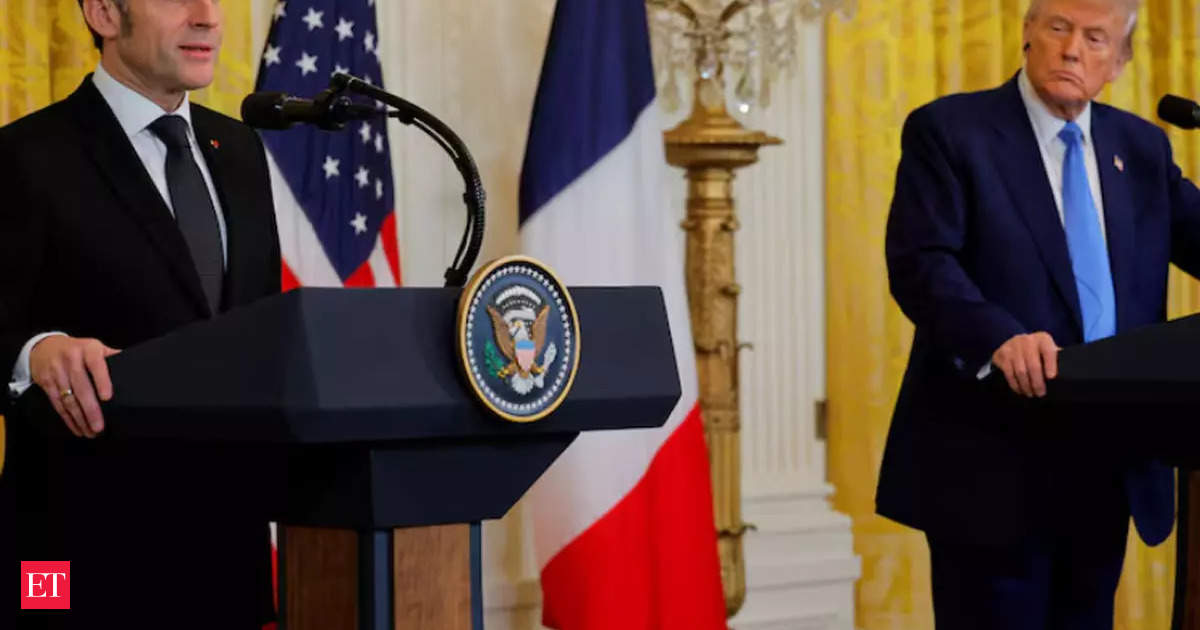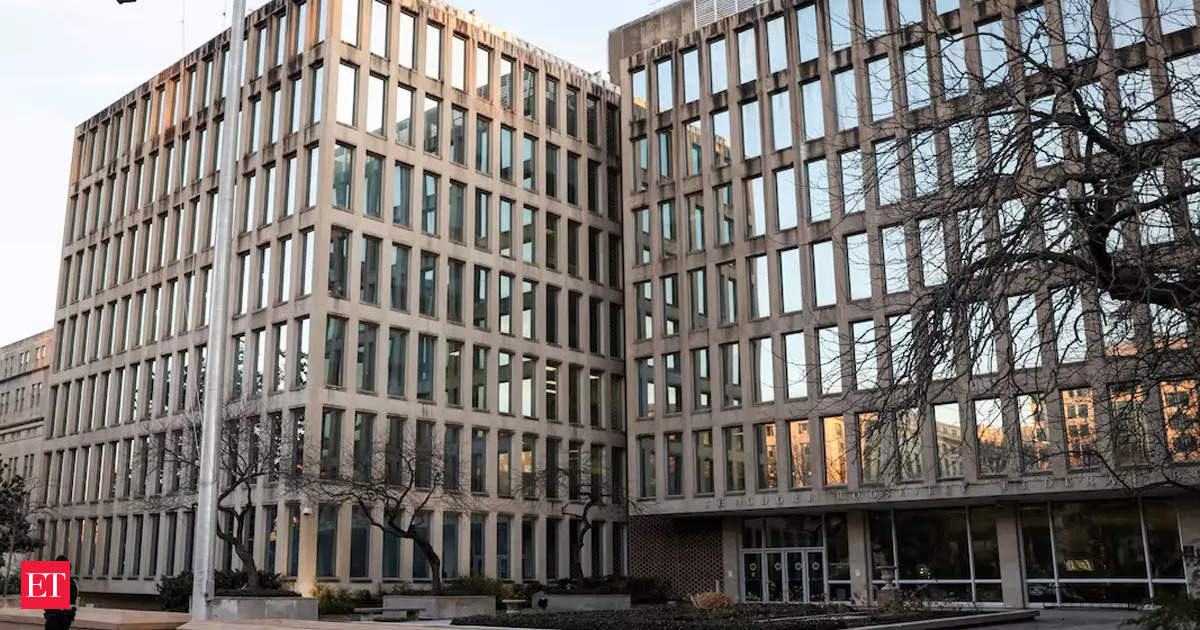When brothers Van and Sumit Sharma opened Rupee Beer Company in March 2020, they understood there would be a certain expectation among American drinkers. They anticipated it when they named the brewery after the currency of their parents’ native India, designed the labels featuring that moniker in elegant Hindi script, and started serving it in their family’s Portland, Maine-area Indian restaurants.
In fact, when the Sharmas are pouring Rupee at tastings and festivals, they hear the assumption uttered aloud. “It happens all the time,” says Sumit Sharma. “People come over and say, ‘I can’t wait to try your IPA.’”
Perhaps the tipplers can be forgiven for jumping to conclusions. The IPA, shorthand for India pale ale, has long been the dominant craft beer style in the United States, guzzling a 46 percent share of dollar sales in the craft segment, according to Chicago-based market research firm IRI, with amber ales, seasonals and wheats tied for second with just 10 percent apiece. Odds are, if you’re in line for a craft beer anywhere in this country, it’ll be a strong, hoppy IPA.
So, imagine twice the confusion when Rupee patrons sip the Sharmas’ flagship beer and taste a much lighter and less potent lager.
They shouldn’t be shocked. By and large, beer drinkers in India don’t opt for IPAs; they drink lagers. The country’s most popular domestic beer is Kingfisher, a pale European-style lager in the vein of Budweiser or Heineken, which are also among India’s top-selling brands overall. The Sharmas purposefully set out to brew a sweeter and smoother craft lager, with imported basmati rice instead of the usual barley, to complement the powerful flavors of the traditional Indian dishes on their parents’ restaurant menus.
By contrast, India pale ale has virtually nothing to do with the culture and tastes of its namesake: It was a colonial British export meant for troops stationed in the jewel of their South Asian empire. For that matter, the IPAs that have recently conquered the New World — both the bitter hop-forward West Coast versions that ignited the Craft Beer Revolution and the hazier, juicier New England style that has risen to power — taste nothing like those original ales that Brits shipped to the subcontinent.
This misunderstanding is not lost on the Sharmas — and it also represented an opportunity. In November, to commemorate Diwali, the brothers released Rupee’s first India pale ale, designed to taste more like the original English ales that were shipped to the colonies. The move was partly a response to market demands and to grow the Rupee brand and portfolio. But as third-culture kids with connections to both India (where their parents are from) and England (where Van was born), running a brewery in the U.S., the Sharmas also understand that they are uniquely positioned to reclaim this part of their culture.
“We put the history on the can, making sure we present the beer in an impactful way,” says Van Sharma. “We’re telling the world, ‘This is Rupee,’ while also helping educate people on the history of the British Empire.”
Beer in its present state is a European innovation. The Sumerians are thought to have invented brewing 10,000 years ago, and there is evidence of the practice bubbling up independently in ancient civilizations from China to the Southwest U.S., but the lagers, ales, porters and stouts we drink today are derived from styles established in Europe — and they came to most of us via colonization.
The problem the British were facing in the early 1700s was how to get their beer in drinking condition to their far-flung colonists. Brewers knew that ale would turn sour in casks on the four-month ocean voyage through tropical and equatorial heat en route to Asia. They also understood that spoilage could be mitigated by boosting the amount of alcohol and hops, the bittering agent that also acts as a preservative. But that boost alone wasn’t enough to result in a hoppy pale ale; most of the beer being shipped eastward was darker porter, the libation of the British working and soldiering class. “Over time, the beers being taken to India evolved,” says food and beverage writer Ruvani de Silva. “The recipes were finessed into something lighter and better suited to the heat.”
Still, there was not one specific type of ale bound for Bombay or Calcutta. British beer historian and author Martyn Cornell says various ales made by multiple brewers were referred to generally as “pale ale for India” or “pale ale prepared for the East and West India climate.” It wasn’t until around 1835 that an advertisement for East London’s Bow Brewery “East India Pale Ale,” appears in the record, indicating that a taste for this type of beer had come home to Britain (it never sold well in civilian India).
The love affair was tepid and relatively short-lived. English IPAs never eclipsed the popularity of other bitter beers, like mild ales and the classic English bitter, which was essentially a more affordable version of IPA. By the time World War I spurred a government cap on brewing and increased taxation on beer proportionate to its alcohol content, the stronger, pricier IPA as Brits had come to know it all but vanished.
Those three letters didn’t return to beer-vernacular prominence until the early 1980s in Washington State’s Yakima Valley, where homebrewer and craft beer pioneer Bert Grant was about to start a revolution with his locally (over) hopped ale. “It was the template for a boom in very hoppy beers,” says Cornell. “Grant called it an IPA. No one who knew any better was there to correct him.”
When the Sharmas tasked master brewer and consultant Alan Pugsley of Pugsley Brewing Projects International with creating their Rupee IPA, he drew on his personal experience at the famed Ringwood Brewery in the Southern England county of Hampshire in the early 1980s. “Due to my English heritage and their heritage, I set out to make a traditional English IPA,” he says. “It’s a lost style, like many classics, in the U.S.”
They call the result an English-Indian IPA, a beer that is not overwhelmingly bitter or strong (only 5.6 percent alcohol by volume; many American IPAs check in at 7 percent and above). The hops feature more in the aroma, which yields to a pleasant, balanced sweetness and a smooth finish that, like all Rupee beers, is designed to pair well with spicy vindaloo and chana masala.
On the back of the can, which is available in four-packs at various national chains, including Total Wine and independent stores and Indian restaurants in 14 East Coast states, the Sharma brothers tell the true story of the style, closing with the proclamation that “Rupee is putting the India back in India Pale Ale!” They acknowledge it’s a bold claim in a country where some drinkers may not know what “IPA” stands for.
“There’s this sort of disconnect in thinking of IPA as British and American,” says de Silva, who is of South Asian descent. “It’s not necessarily a pleasant connection with the subcontinent. Colonizing, stripping the land of its assets, terrorizing and massacring the population. When we see the story of IPA, it has a double-edged meaning. Rupee is trying to tell this story while incorporating Indian cultural history.”
In many ways, Rupee’s mere existence is a stand against the Western beer establishment. According to an audit conducted by the Brewers Association, which represents craft breweries in the U.S., only 2 percent of craft breweries are owned by people of Asian descent. Rupee is not only a presence infusing Indian culture into American beer, it’s also a beacon for South Asian emigrants who want to see themselves in the products they consume.
“They represent our values,” says Ankit Desai, owner of Uncorked Wine & Spirits, which operates six stores in the Washington, D.C. area and carries Rupee. “South Asians own a lot of wine and beer stores. I’m Indian. I come from that culture. A lot of our clientele is South Asian. We promote the brands we feel connected to.”
Thus far, the promotion seems to have paid off. Less than a month after Rupee released its IPA, Sumit reported that the company had already sold out of preorders. The instant popularity has pushed the Sharmas to make the style they expected to be a seasonal Diwali release a year-round flagship alongside their original lager. And the brothers say the place they’ve seen the biggest splash is in Indian restaurants.
“Our on-premise vendors are saying that their Caucasian customers have been asking for an IPA,” says Sumit. “This product has filled a void.”











